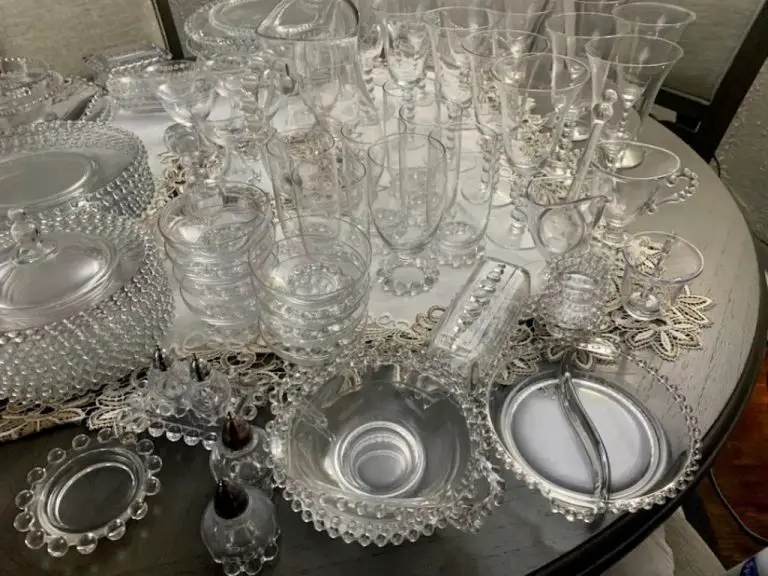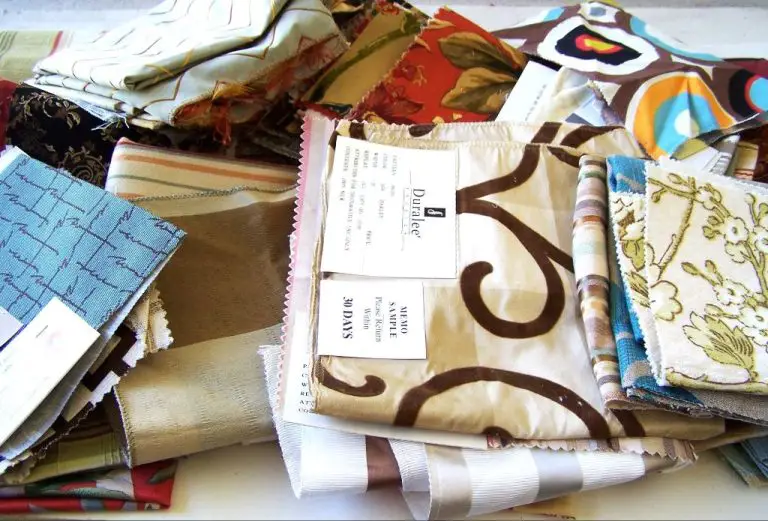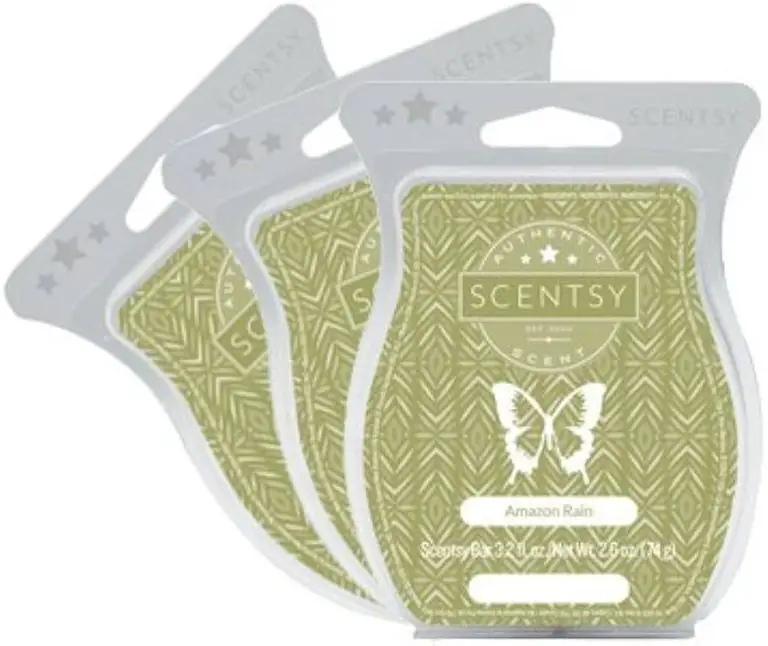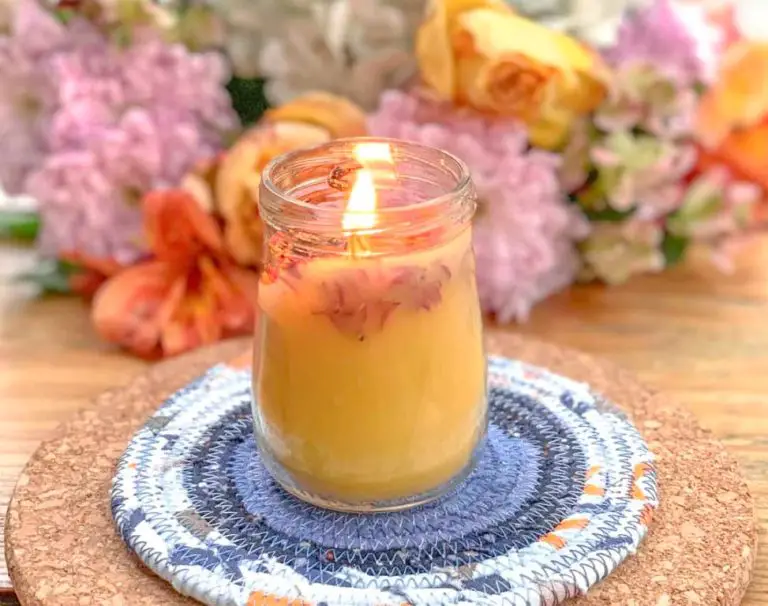Are Wooden Wicks Better Than Cotton?
Which Wick Burns Brighter: Wooden or Cotton?
When selecting a candle, one of the most important choices is the wick. The wick impacts everything from how the candle burns to its scent throw. Most candles have either a wooden or cotton wick. But which one is better?
This article will compare wooden and cotton wicks across a variety of factors. We’ll look at the composition, burning properties, scent dispersion, safety, environmental friendliness, cost, and customization of each wick type. After reviewing the pros and cons, you’ll have the knowledge to decide whether wooden or cotton wicks are best for your needs.
History of Candle Wicks
The earliest candle-like devices used various readily available materials like rushes or linen for wicks. Historians have found evidence that many early civilizations developed wicked candles using waxes made from available plants and insects. Early Chinese candles used paper for wicks and wax from insects or seeds for fuel. https://candles.org/history/
Romans later started making dipped candles from tallow with wicks made of pith or linen around 1000 BC. Around the same time, the ancient Egyptians were using wicks made from rushes with beeswax as the fuel. https://en.wikipedia.org/wiki/History_of_candle_making
Cotton became the standard wick material starting in the early 19th century. The braided cotton wick allowed candles to burn brighter and cleaner than other materials. Cotton wicks continue to be the most popular choice today due to their availability and reliable burning properties.
Wooden wicks emerged later in the 1800s as another option. Wooden wicks produce a characteristic crackling sound as they burn. They also tend to allow more air flow and burn the wax pool hotter than cotton. While not as common as cotton wicks, wooden wicks remain popular for oil-based candles.
Material Composition
Wooden wicks are typically made from natural materials like bamboo. According to Makesy, wooden wicks are constructed using “finely rolled and compressed strands of bamboo fibers bonded with a special beeswax formula” (source). The bamboo provides stability and structure, while the beeswax coating allows the wick to burn slowly and evenly.
Cotton wicks, on the other hand, are made from cotton fibers or cotton-blends. The cotton strands are braided or twisted together to form the wick, providing a natural combustible material that burns as the candle wax melts. While untreated cotton wicks burn well, most modern cotton wicks are treated with materials like zinc to help control the burn rate and prevent “mushrooming” at the wick tip (source).
The key difference in materials is that wooden wicks use compressed bamboo fibers while cotton wicks use braided cotton threads. Cotton can be treated with chemicals while wooden wicks rely on natural beeswax coatings. This results in slightly different burning properties for each wick type.
Burn Properties
Wooden wicks and cotton wicks have very different burn properties due to their material composition. According to experts, the burn from a wooden wick can be described as “cleaner,” because wooden wicks do not form the excess carbon “mushroom cap” on the wick that cotton wicks create (sacandlesupply.co.za).
Wooden wicks tend to burn slower and cooler than cotton wicks. The wider surface area of wooden wicks creates a larger melt pool and more even wax consumption. This allows wooden wick candles to burn longer – up to 50% longer than cotton wicks in some cases (suffolkcandles.co.uk). The slower burn also helps reduce issues like tunneling in candles.

However, slower burns may not always be desired. Cotton wicks burn hotter and therefore melt wax more quickly, releasing fragrance faster. Cotton wicks also curl back into the wax pool as they burn, which helps promote even burning. Wooden wicks burn in a straight shape and do not curl back into the wax (notedcandles.com).
Overall, those looking for longer burn times, larger wax pools, and cleaner burns tend to prefer wooden wicks. Cotton wicks allow for stronger fragrance throw and may work better for candles meant to be burned for shorter periods.
Fragrance Dispersal
Wooden wicks tend to disperse fragrance better than cotton wicks. As the wooden wick burns, the flame crackles and pops, helping to circulate fragrance molecules in the air. The natural wooden material brings out essential oils and fragrances from soy candles exceptionally well. According to Spoken Flames, “The flame on a cotton wick unlocks the scent. That’s all. But with wooden wick candles, not only is fragrance unlocked by the flame, but the flame interacts with the wooden wick to create a tiny explosion that physically throws the fragrance into the air.” https://spokenflames.com/blogs/lifestyle/cotton-wick-vs-wooden-wick-candles The crackling sound produced by the wooden wick as it burns also helps disperse fragrance into the surrounding air better than a silent cotton wick.
Safety
When it comes to safety, there are a few key factors to consider with cotton wicks versus wooden wicks:
Fire risk – Cotton wicks can produce more soot and require more frequent trimming to prevent mushrooming at the tip, which increases fire risk. Wooden wicks tend to burn cleaner and cooler. According to Makesy, keeping cotton wicks trimmed to 1/4″ is important, while wooden wicks should be 1/8” – 3/16” long.
Toxicity – Cotton wicks can release more smoke and fumes as they burn. Wooden wicks made from untreated natural wood materials like bamboo are considered less toxic. Some lower quality wooden wicks may be treated with chemicals that could release VOCs when burned. High quality wooden wicks avoid chemical treatments.
Overall, wooden wicks tend to provide a safer, cleaner burn with less soot and smoke production. However, proper maintenance by trimming wick lengths is essential for safety with either material. Choosing natural, chemical-free wicks can help reduce toxicity exposure.
Environmental Impact
When comparing the environmental impact of wooden vs. cotton wicks, there are a few key factors to consider:
Renewability of Materials: Cotton is a renewable resource that can be replanted year after year. Wooden wicks are typically made from bamboo or wood, which are also renewable materials when sourced responsibly. However, some argue that cotton production uses significant amounts of water and pesticides, so it may not be the most eco-friendly option.1
Disposal and Recycling: Both cotton and wooden wicks create ash when burned. The ash from cotton wicks can typically go right in the trash. Wooden wick ash may need to be disposed of more carefully to avoid hot embers. Neither material readily biodegrades if tossed in a landfill. In terms of recycling, the metals in cotton wick cores can often be recycled, while wooden wicks likely cannot.
Overall, there is no definitive “winner” for environmental impact. Responsibly sourced materials and proper disposal are important for both wick types. Many argue cotton is the more renewable choice, while wood burns more cleanly. More research is needed to determine the total life cycle impacts.
Cost Comparison
When comparing the costs of wooden wicks versus cotton wicks, wooden wicks tend to be more expensive. According to Makesy, their eco cotton wicks start at $2.95 each while their wood wicks start at $3.95 each. The price difference reflects the more intensive processing and materials that go into manufacturing wooden wicks.
However, wooden wicks can provide more value for money in the long run. The wooden wicks sold by Siblings retail for $71 but can be reused multiple times if the candle burns out and needs to be relit. Cotton wicks become saturated with wax and cannot be reused. So while wooden wicks have a higher upfront cost, their reusability makes them more cost effective over time.
Wooden wicks also create a pleasant crackling sound as the candle burns, providing an enhanced sensory experience that many find relaxing. This added ambiance offsets some of the extra cost for consumers seeking a premium candle product. Overall, wooden wicks require more investment but can deliver greater value through their reusable nature and sensory benefits.
Personalization
Both cotton and wooden wicks allow for easy personalization through the addition of scents, colors, and other customizations. However, there are some differences to consider.
For scents, essential oils can be added directly to wax blends with either wick type. However, wooden wicks tend to allow fragrance to spread more efficiently when burning due to their porous, absorbent material. The wood grain helps disperse scent (source: https://makesy.com/collections/shop-wood-wicks).
Adding colors is similarly easy with both wick types by using liquid candle dyes. One advantage of wooden wicks is that the wood grain provides an extra decorative element. Cotton wicks are a neutral solid color. Wooden wicks can be customized with different stain colors for a more personalized look (source: https://www.pinterest.com/pin/304344887323193466/).
Other popular customizations like glitter, crystals, flowers, and herbs can be added around either wick type. Wooden wicks allow for custom laser engraving of names, dates, messages, etc. directly on the wood. This provides a unique customization not possible with plain cotton (source: https://makesy.com/collections/shop-wood-wicks).
Conclusion
After walking through the history of candle wicks, the material differences between traditional cotton wicks and wooden wicks, the burn properties, fragrance dispersal, safety, environmental impact, cost comparison and personalization potential of each wick type, it is clear that both wooden and cotton wicks have benefits.
Wooden wicks burn cleaner and release more fragrance than cotton wicks due to their material differences and burn properties. They also have a unique crackling sound when burning that some find pleasing. However, cotton wicks are more affordable and accessible. Both wick types are safe when used properly and have minimal environmental impact.
Overall, wooden wicks may be slightly better for scent dispersion and ambiance than cotton wicks, but cotton wicks can’t be beat for affordability and availability. The best candle wick comes down to personal preference and the needs of each individual. Test out candles with each wick type to determine which you like better.





